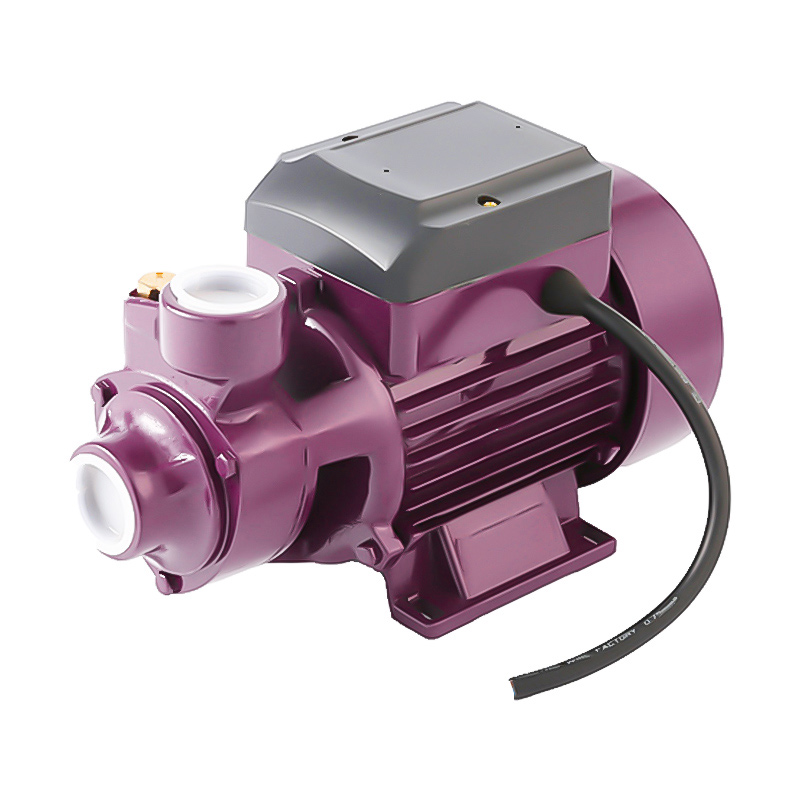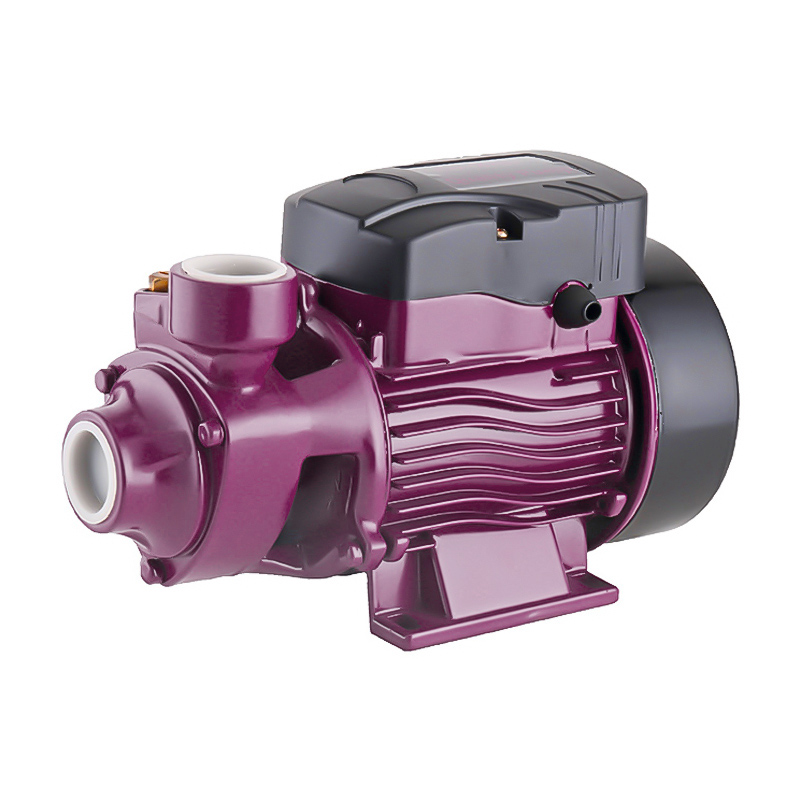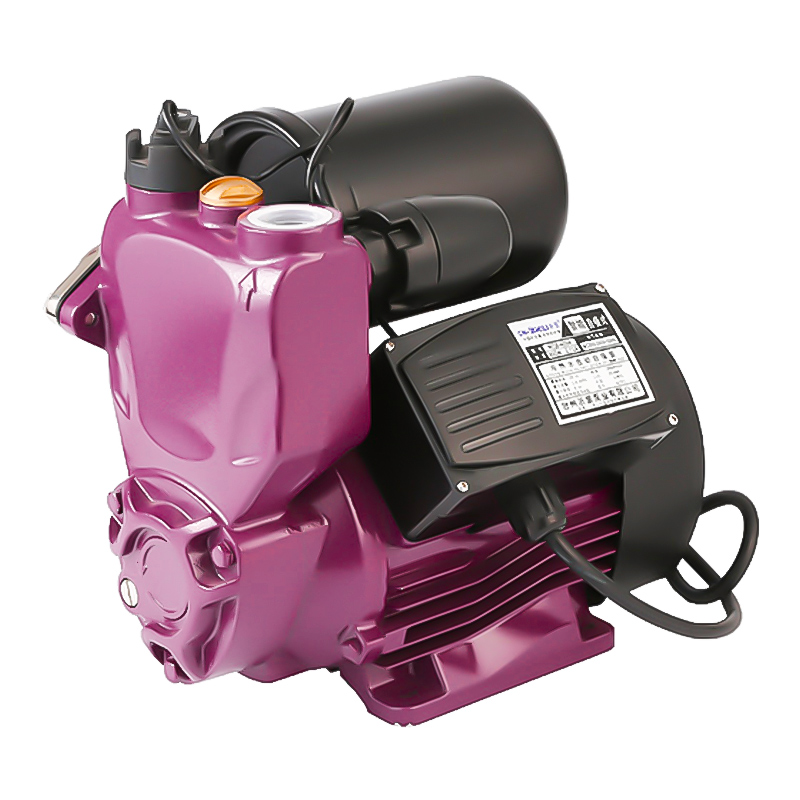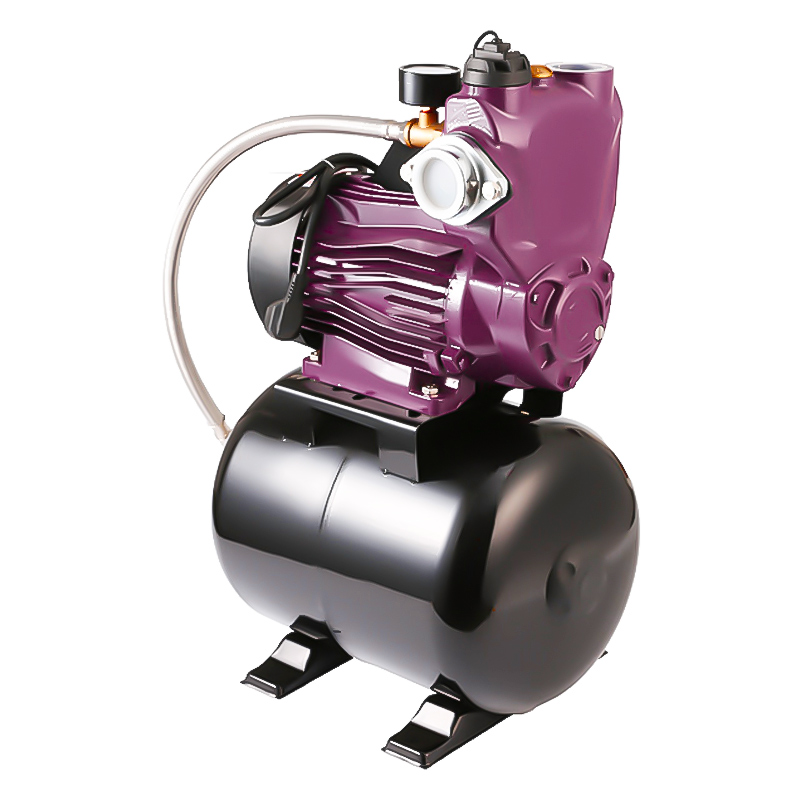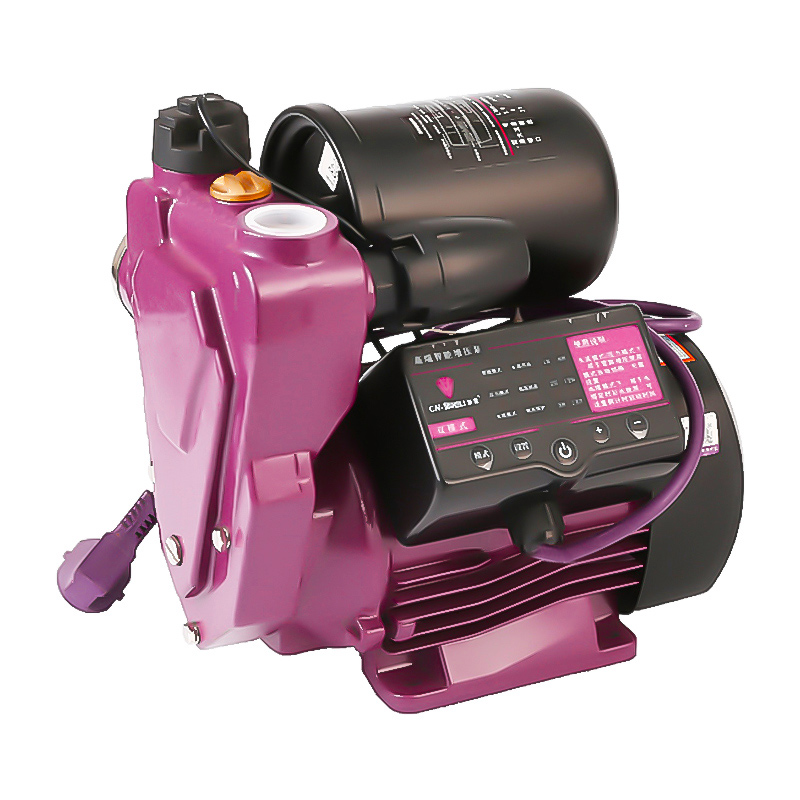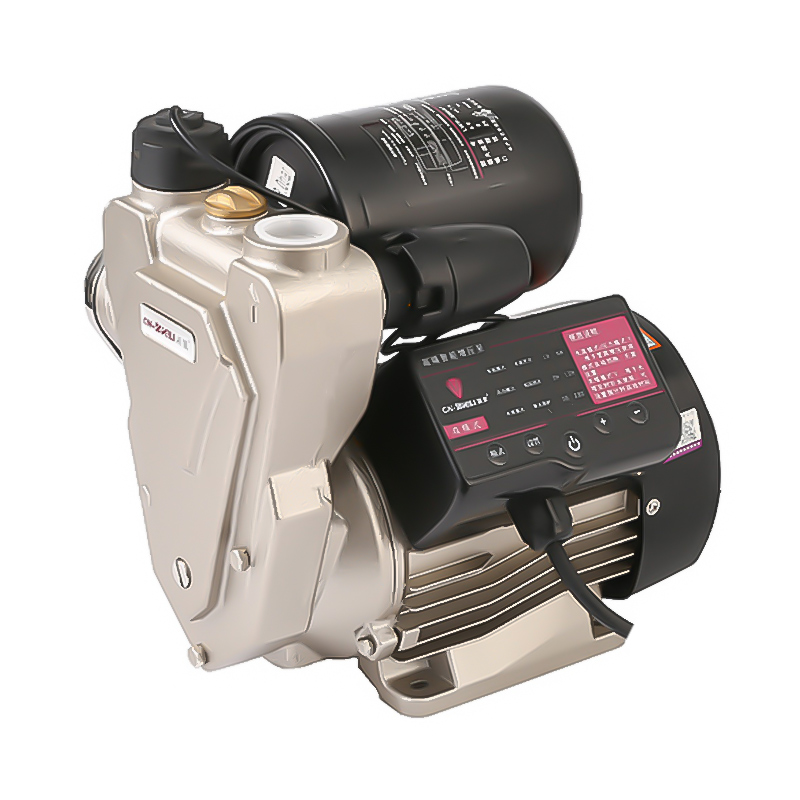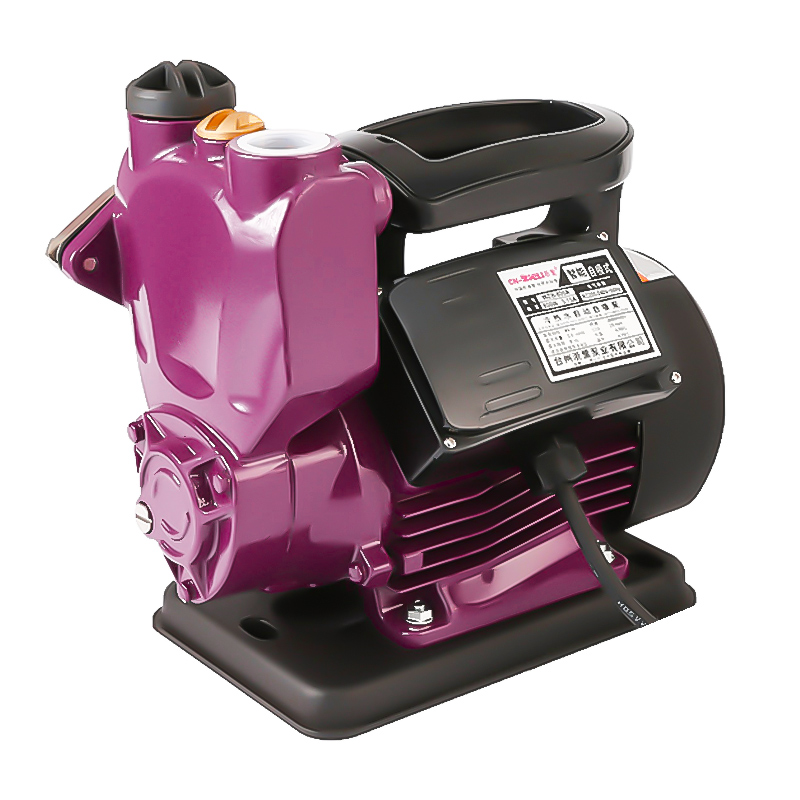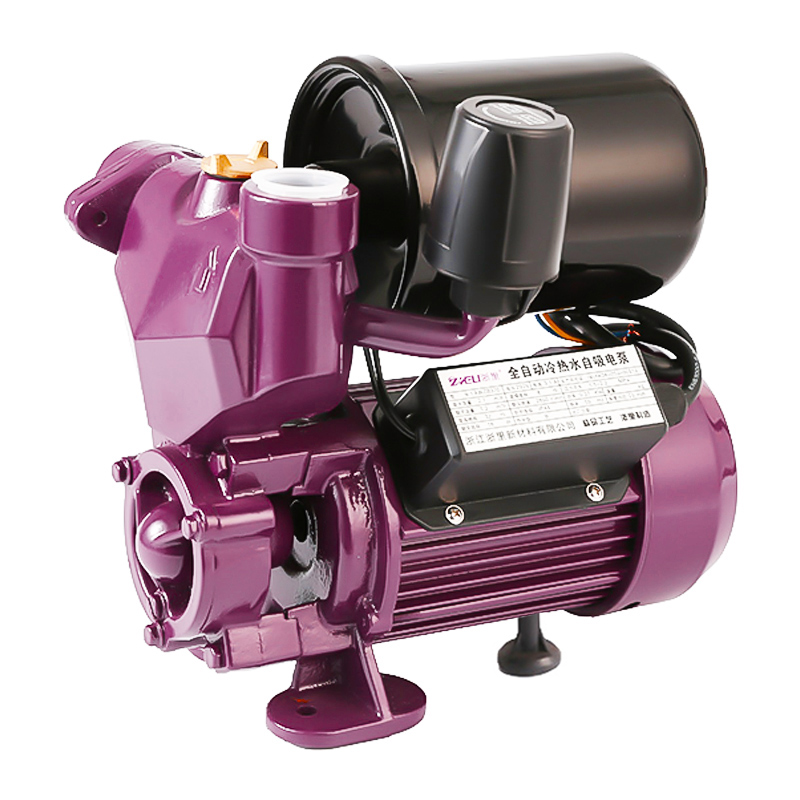The self-priming pump adopts the axial return and external mixing type, and through the exclusive design of the pump body and the impeller flow channel, it can be like a general self-priming clean water pump without installing a bottom valve and irrigation and diversion, and it can also absorb and discharge large solid particles. And long-fiber impurity liquid can be widely used in municipal sewage projects, river pond breeding, light industry, papermaking, textile, food, chemical industry, electrical industry, fiber, slurry and mixed suspension, and other chemical media ideal impurity pump.
Self-priming pumps can not only be used in municipal engineering, industrial construction, hotels, hospitals, civil air defense, mining, and other industries but also can be used to discharge sewage, wastewater, rainwater, and urban domestic water with solid particles, and various long fibers. Let's take a look at the 6 major reasons why the self-priming pump is "sick":
1. The motor rotates in the wrong direction
Before use, it should be confirmed whether the rotation direction of the motor is correct. Although reverse rotation can produce water, the water output is small and the current is large. Long-term reverse rotation will cause irreversible damage to the motor winding.
2. Leakage protector not installed
Leakage protectors are also called life-saving devices. When the leakage value is greater than the operating current value of the leakage protector, the leakage protector will cut off the power supply of the submersible pump to ensure equipment safety and personal safety, and avoid unnecessary waste of electric energy.
3. Power on when the power supply is abnormal
The difference between the power supply voltage and the rated voltage should not exceed 10%. If the voltage is too high or too low, the temperature of the equipment will rise. When the power supply is abnormal, it will shorten the service life or even burn the equipment.
4. Long-term dehydration operation
The equipment uses water as the cooling source. Long-term dehydration may cause the motor to overheat and burn out.
5. Frequent switch on and off
Frequent start-up of the equipment will affect its service life, and backflow will be generated when it stops. If it is started up immediately, the motor load will be started, resulting in excessive starting current and burning of the windings.
6. Usually no maintenance
After the submersible pump is launched into the water, it will rust if it is not used continuously, resulting in failure to start. When it is not in use for a long time, it is best not to soak it in water for a long time. It should be placed in clean water and run for a few minutes to clean the mud inside and outside the pump, then lift it out of the water and dry it for a major inspection.

 Language
Language  English
English عربى
عربى 中文简体
中文简体